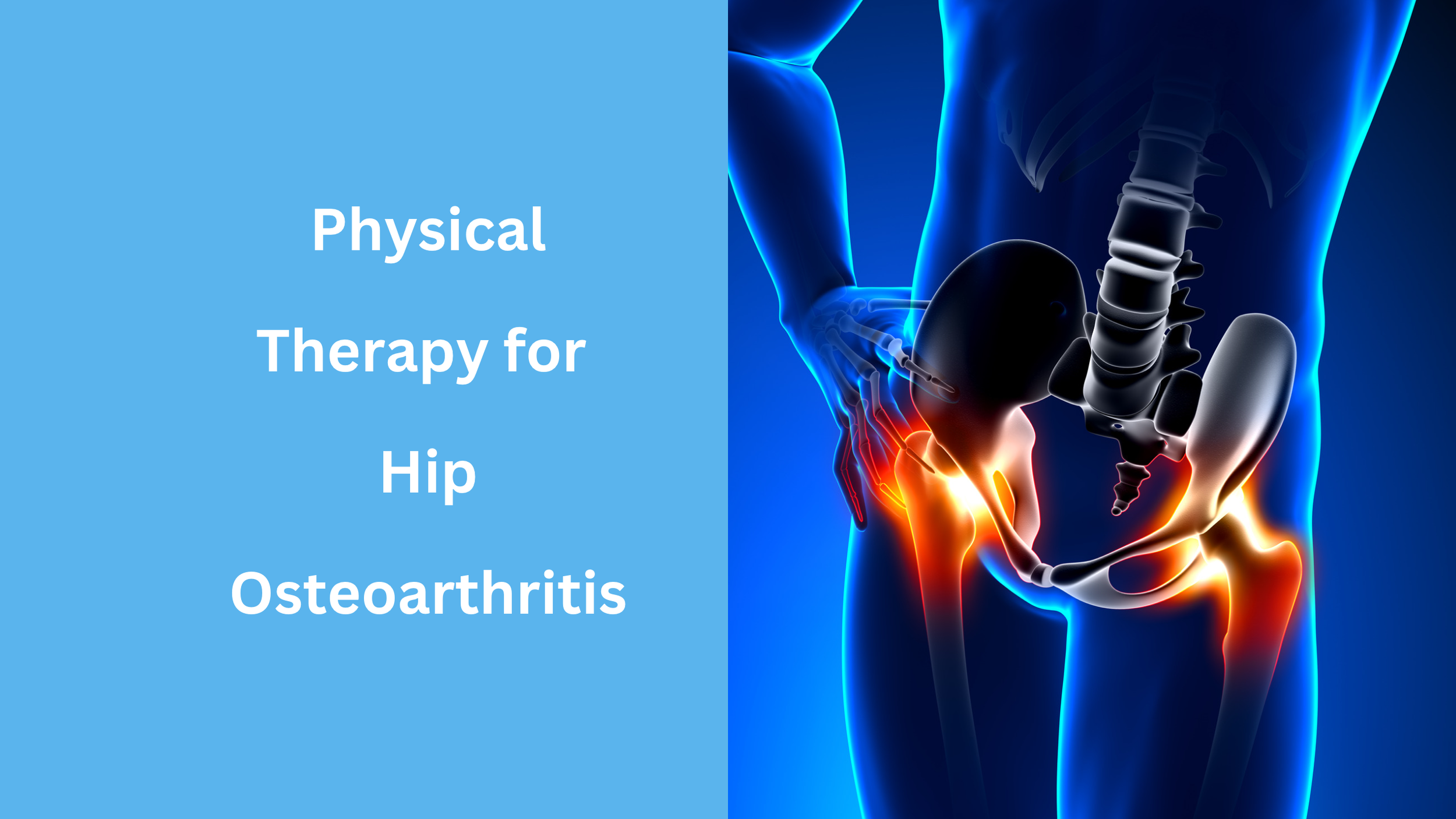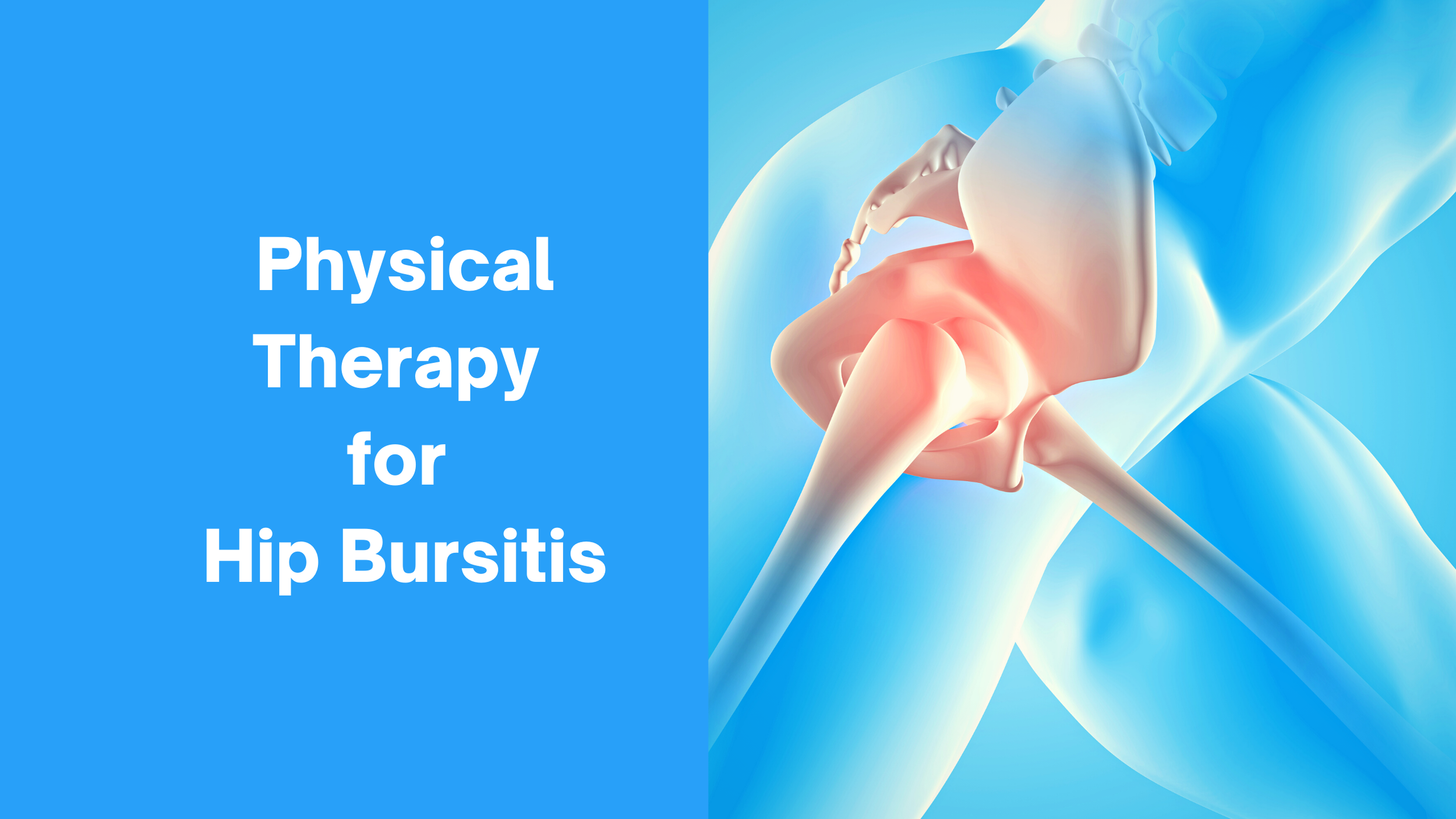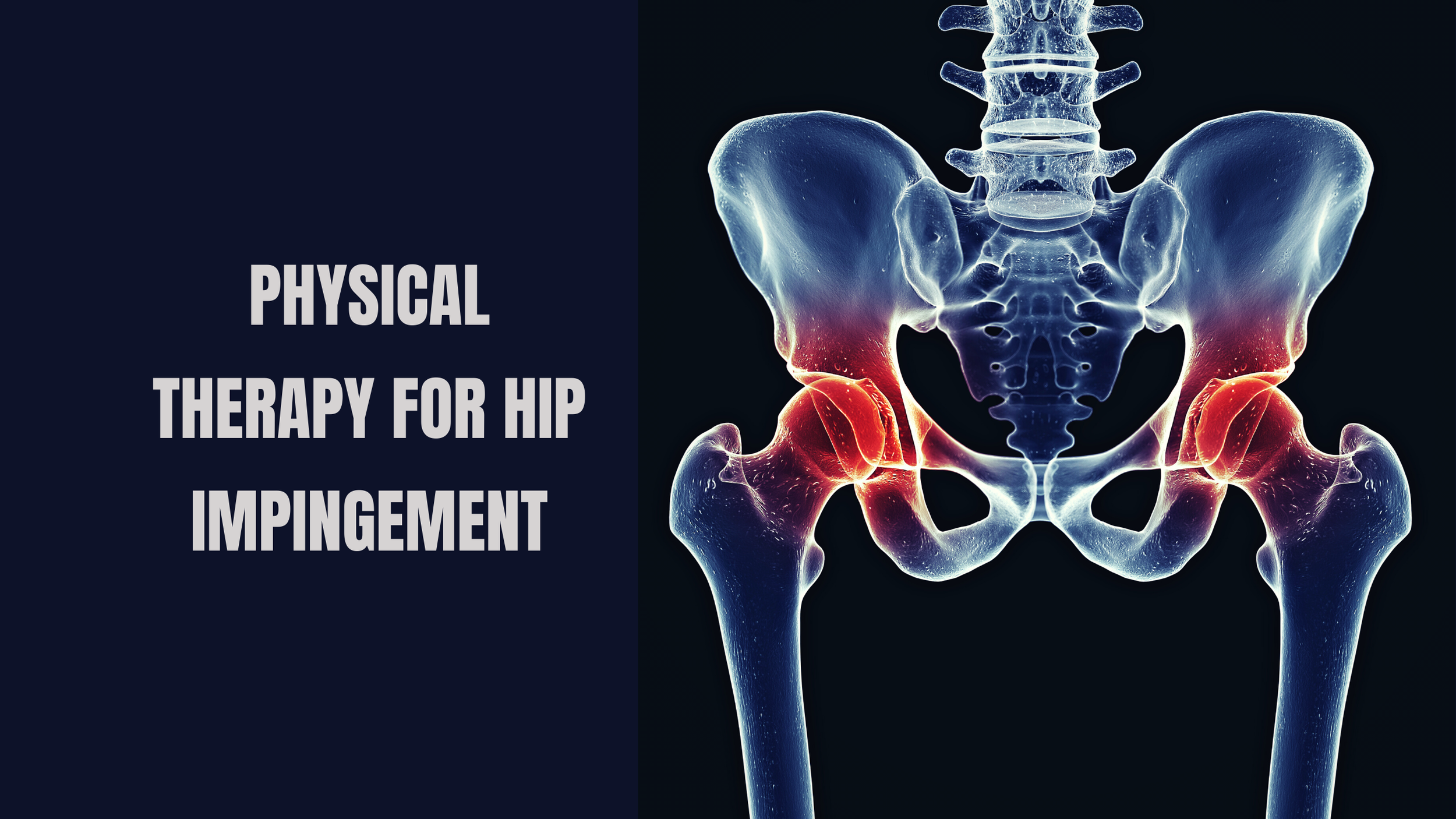Mangiarelli Rehabilitation Physical Therapy Blog
Hip Stabilization Exercises
The hip is one of the largest, most dynamic joints in the body, designed to stabilize and mobilize the lower extremity. Hip stability means the musculature of each side of the hips works equally with every movement you take with muscles that aren’t too loose or too tight. Physical therapists can help you improve your hip strength and stability through targeted hip stabilization exercises. Mangiarelli Rehabilitation physical therapist Sarah demonstrates three hip stabilization exercises to strengthen the front, back, and side of the hip.
Physical Therapy for Gluteal Tendinopathy
Gluteal tendinopathy involves inflammation and degeneration of the gluteal tendon due to overuse and excessive loading of the tendon, causing severe lateral hip pain. The key to tendon healing is appropriate, gradual loading to restore tendon strength and resilience to stressors. Physical therapy can decrease gluteal tendinopathy pain, appropriately load and strengthen the gluteal tendon, and improve the individual’s function and mobility through a progressive gluteal strengthening exercise program.
Physical Therapy for Hip Osteoarthritis
Physical therapy can help those with hip osteoarthritis manage arthritic pain and regain function, strength, and mobility in the hip through therapeutic exercise and manual therapy. Osteoarthritis of the hip causes the protective cartilage lining the bones of the hip joint to progressively break down, causing the bones to rub against each other and leading to intense pain and inflammation within the hip joint.
Physical Therapy for Hip Bursitis
Hip bursitis involves inflammation of the bursae, the small fluid-filled sacs that provide cushioning between the hip bones and the soft tissue of the hip (muscles, tendons, and ligaments). Hip bursitis is most common among middle-aged and older adults and affects women more than men. Physical therapy can effectively treat hip bursitis, reducing pain, addressing muscle-related weakness, and helping patients return to daily activities and sports safely. A physical therapist treats hip bursitis with a combination of stretching, strengthening, and movement retraining to decrease irritation in the hip, improve strength and range of motion, resolve pain, and restore normal function.
Physical Therapy for Hip Impingement
Hip impingement is a structural or mechanical disorder of the hip that involves a change in the shape of the surface of the hip joint, leading to stiffness, pain, and damage to tissue and bone. Hip impingement can result from excessive contact between the ball and socket of the hip joint, a structural variation in the shape of the bones of the hip, or changes in muscle length and activation at the hip. Physical therapy helps patients with hip impingement regain movement, flexibility, and strength in the hip and return to regular activities and sports safely through a hip strengthening and core stabilization exercise program.
Physical Therapy for Hip Labral Tears
A hip labral tear involves the hip labrum separating or pulling away from the hip socket. Hip labral tears can result from direct trauma to the hip joint but are most common due to repetitive stress on the hip, such as in soccer, hockey, and long-distance running. Physical therapy plays an important role in addressing hip labral tear symptoms and maximizing the hip’s strength and mobility through manual therapy, therapeutic exercise, and progressive strengthening program.
Physical Therapy for Groin Injuries
Groin pain is often related to a strain or tear of the groin muscles, a complex of muscles that support movement of the hip joint. Groin injury is common in athletes, resulting from quick starts and stops, sudden trauma on the field, and repetitive overuse. Physical therapy can provide effective treatment for groin injuries, reducing pain and gradually improving muscle strength, mobility, and agility through a customized rehabilitation program.
Hip Pain: How Physical Therapy Can Help
Hip pain is often overlooked and untreated until it becomes severe. However, it’s important to have hip pain evaluated by your physical therapist early on to determine the cause of the pain. Hip pain is commonly due to repetitive strain on and overuse of the hip from a sport or work activity. A physical therapist can effectively treat and reduce hip pain, improve flexibility and mobility, and return the patient to daily activities with greater hip strength and ability.



















